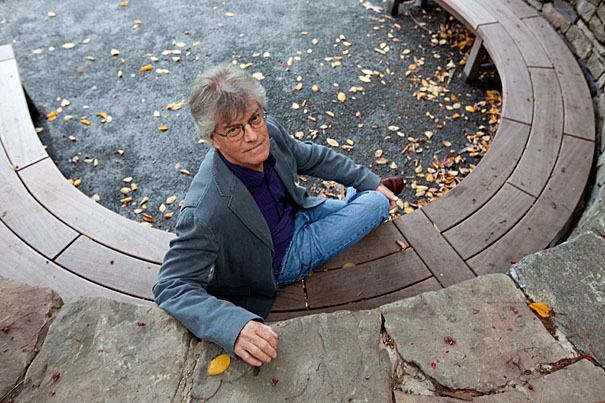Name Godfried Toussaint | ||
Role Computer science researcher Education | ||
Godfried T. Toussaint is a Professor of Computer Science and the Head of the Computer Science Program at New York University Abu Dhabi (NYUAD) in Abu Dhabi, United Arab Emirates. He does research on various aspects of computational geometry, discrete geometry, and their applications: pattern recognition (k-nearest neighbor algorithm, cluster analysis), motion planning, visualization (computer graphics), knot theory (stuck unknot problem), linkage (mechanical) reconfiguration, the art gallery problem, polygon triangulation, the largest empty circle problem, unimodality (unimodal function), and others. Other interests include meander (art), compass and straightedge constructions, instance-based learning, music information retrieval, and computational music theory.
Contents

He is a co-founder of the Annual ACM Symposium on Computational Geometry, and the annual Canadian Conference on Computational Geometry.

Along with Selim Akl, he is an author and namesake of the efficient "Akl–Toussaint algorithm" for the construction of the convex hull of a planar point set. This algorithm exhibits a computational complexity with expected value linear in the size of the input. In 1980 he introduced the relative neighborhood graph (RNG) to the fields of pattern recognition and machine learning, and showed that it contained the minimum spanning tree, and was a subgraph of the Delaunay triangulation. Three other well known proximity graphs are the nearest neighbor graph, the Urquhart graph, and the Gabriel graph. The first is contained in the minimum spanning tree, and the Urquhart graph contains the RNG, and is contained in the Delaunay triangulation. Since all these graphs are nested together they are referred to as the Toussaint hierarchy.
Mathematical research in music
He recently spent a year in the Music Department at Harvard University doing research on musical similarity, a branch of music cognition. Since 2005 he has also been a researcher in the Centre for Interdisciplinary Research in Music Media and Technology in the Schulich School of Music at McGill University. He applies computational geometric and discrete mathematics methods to the analysis of symbolically represented music in general, and rhythm in particular. In 2004 he discovered that the Euclidean algorithm for computing the greatest common divisor of two numbers implicitly generates almost all the most important traditional rhythms of the world. His application of mathematical methods for tracing the roots of Flamenco music were the focus of two Canadian television programs.
Awards
In 1978 he was the recipient of the Pattern Recognition Society's Best Paper of the Year Award. In 1985 he was awarded a two-year Izaak Walton Killam Senior Research Fellowship by the Canada Council for the Arts. In 1988 he received an Advanced Systems Institute Fellowship from the British Columbia Advanced Systems Institute. In 1995 he was given the Vice-Chancellor's Research Best-Practice Fellowship by the University of Newcastle in Australia. In 1996 he won the Canadian Image Processing and Pattern Recognition Society's Service Award for his "outstanding contribution to research and education in Computational Geometry." In May 2001 he was honored with the David Thomson Award for excellence in graduate supervision and teaching at McGill University. In 2009 he won a Radcliffe Fellowship from the Radcliffe Institute for Advanced Study at Harvard University to carry out a research project on the phylogenetics of the musical rhythms of the world.
